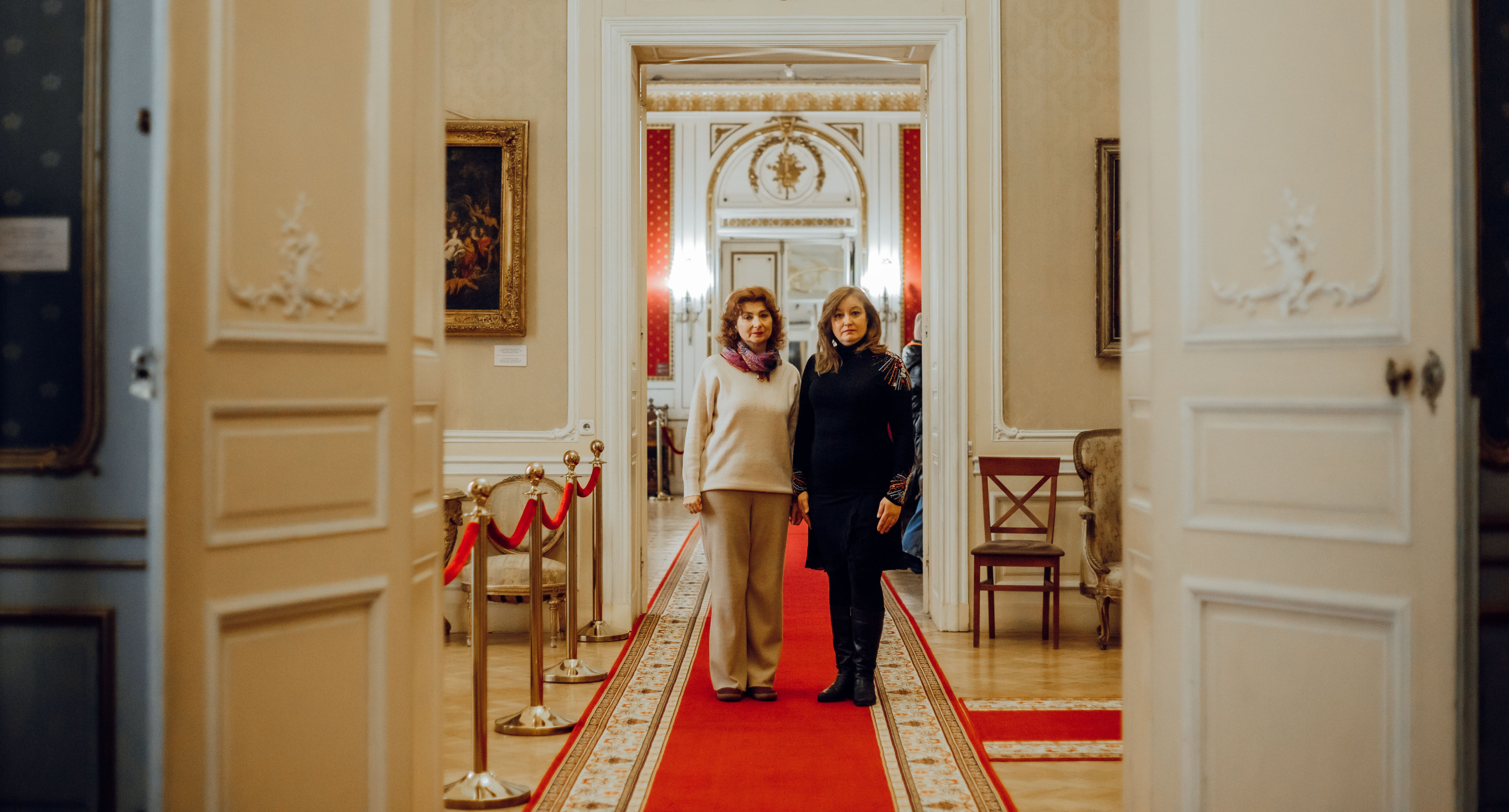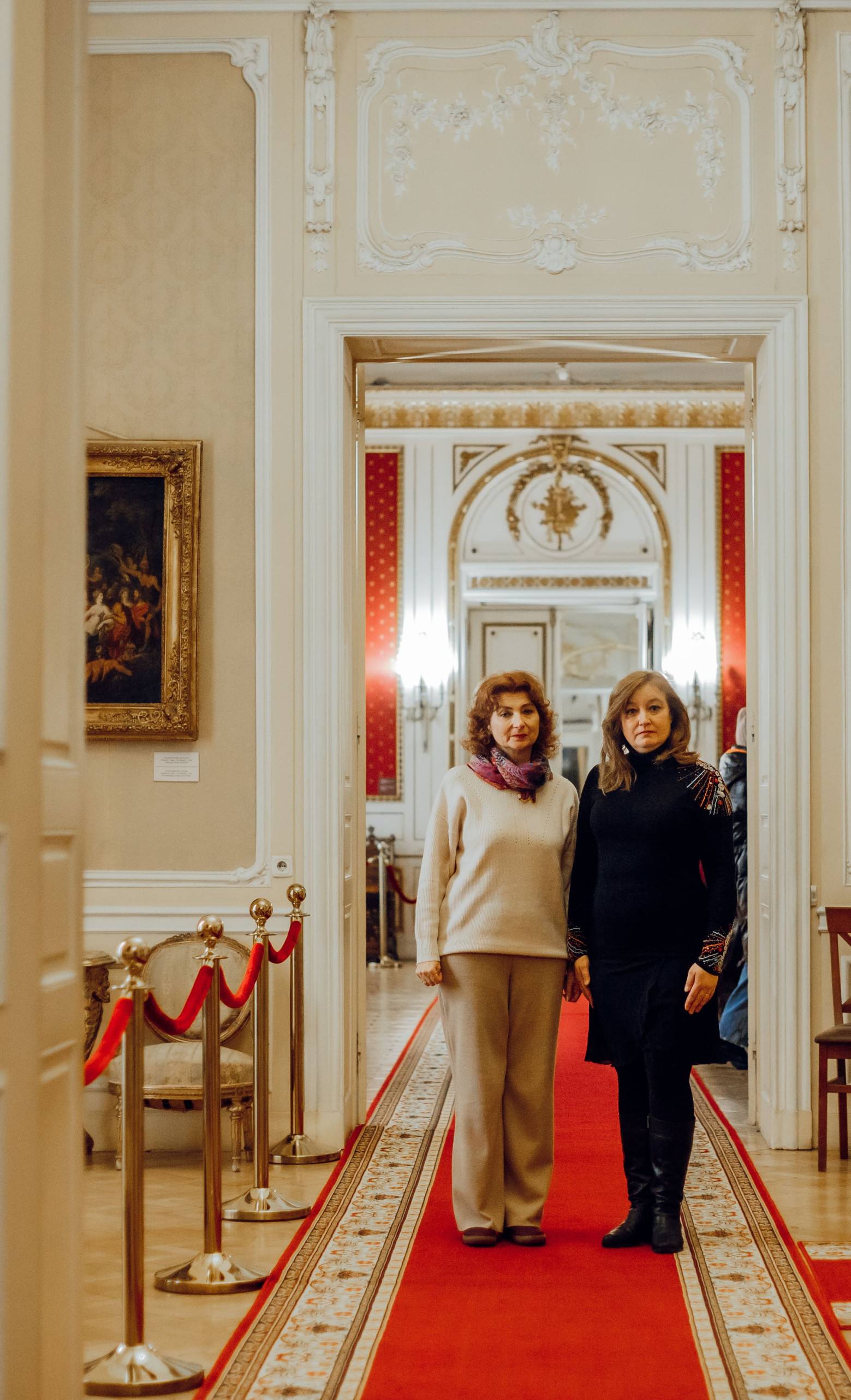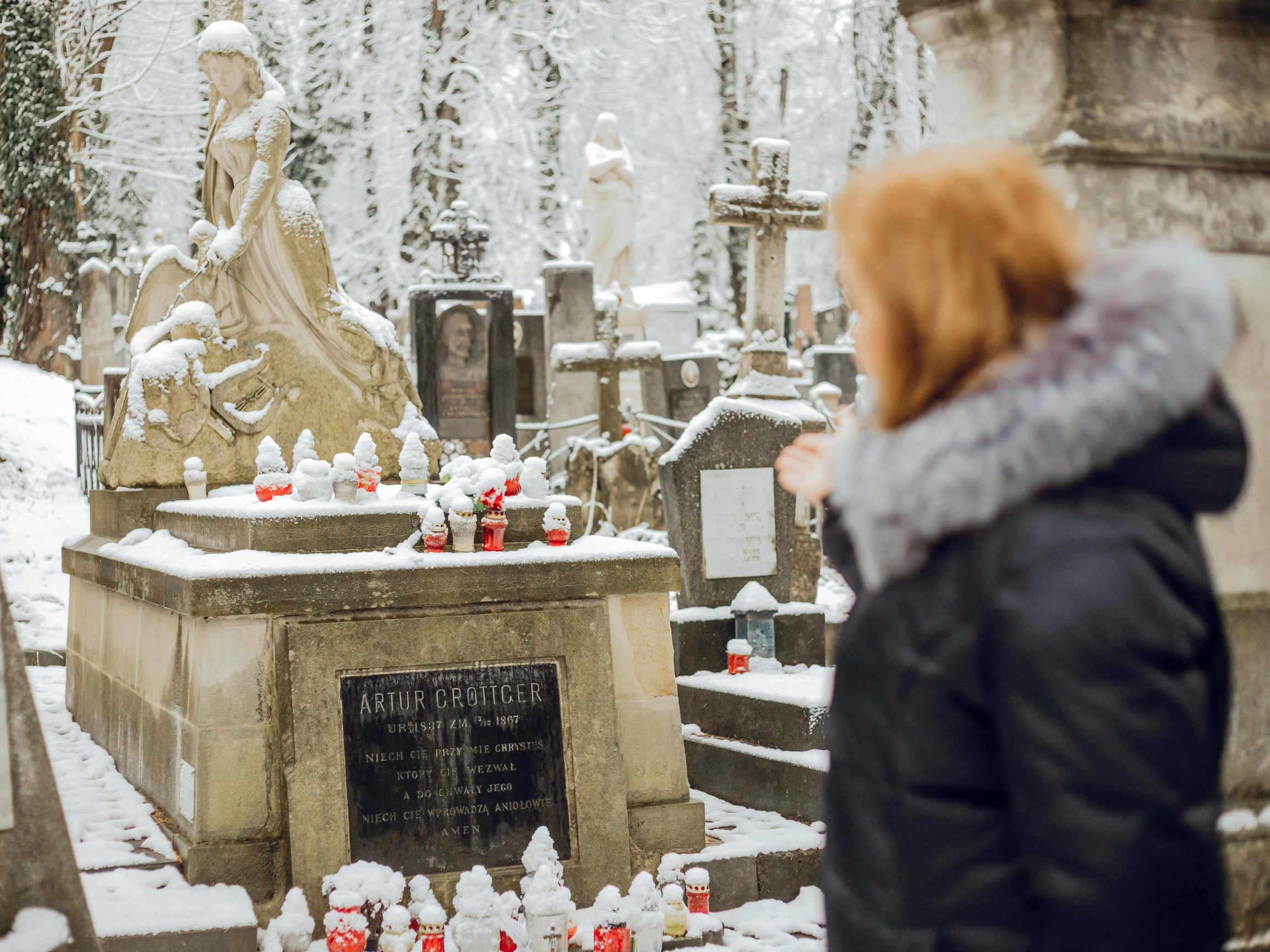During the years, Lviv absorbed many steps, personal stories and events that changed history. Accents of the presence of national minorities, for whom Lviv has become a second home, are noticeable in almost every street. Lithuanian heritage is not an exception because the history of Ukraine and Lithuania has been intertwined since the time of the existence of Rus and the Grand Duchy of Lithuania.
Looking at the facades of cosy courtyards or luxurious palaces, we do not always realize that the destinies of people of different nationalities and origins overlapped within the walls of those buildings. Such thoughts lead to the idea of a more detailed acquaintance with Lviv from a completely other side of it.
The hidden facts of the city's foreign heritage are well known to diplomatic institutions operating to support and develop intercultural communication in Lviv.
So, together with the Executive Secretary of the Lithuanian Consulate, Mrs Beatrice Beliavtsiv, and the experienced tour guide, Mrs Veronika Mazur, they made a route through the cultural sights of Lviv, which have great historical significance for Lithuanians.
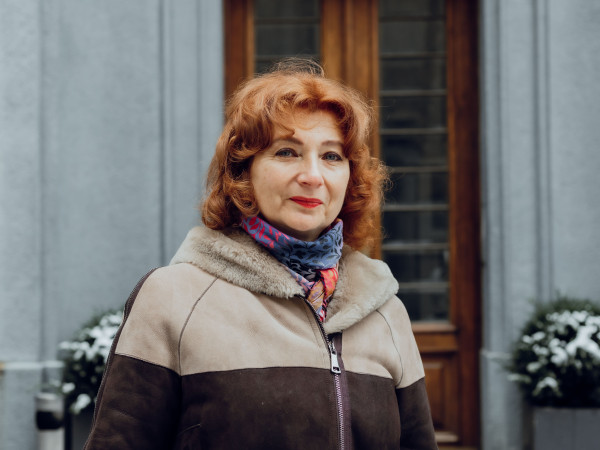
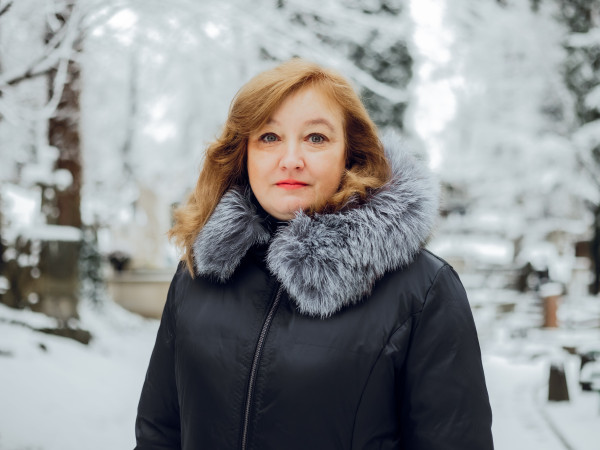
Walking route:
- The building of the first consulate of Lithuania (13 Kotsiubynskoho St.)
- Hill of the rebels (Lychakiv cemetery)
- Saint George's Cathedral (5 Saint George's Sq.)
- Sapieha Palace (40a Kopernyka St.)
- Potocki Palace (15 Kopernyka St.)
- Borys Voznytskyi Lviv National Art Gallery (3 Stefanyka St.)
- Arsenal Museum (5 Pidvalna St.)
- Lublin Union Hill (High Castle)
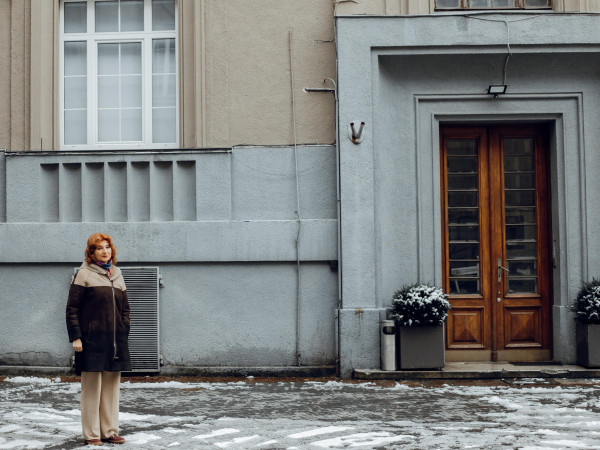
Lithuania gained its independence in 1918 after the collapse of the Russian Empire at the end of the First World War. However, it lasted a little longer than 20 years, and then, just like Ukraine, it was part of the Soviet Union.
In the interwar period, the issue of opening a diplomatic mission in Lviv was not considered due to the conflict between Poland and Lithuania over the Vilnius region.
The first consulate of Lithuania was opened on February 16, 2000, in building No. 13 on Mykhaila Kotsiubynskoho street.
The entrance to the diplomatic mission was in the inner courtyard of the building, and in archival photos, you can see the plaque of the Honorary Consulate of Lithuania with its coat of arms and flag.
In 2007, the consulate moved to 72 Heroiv UPA street and still operates at this address.
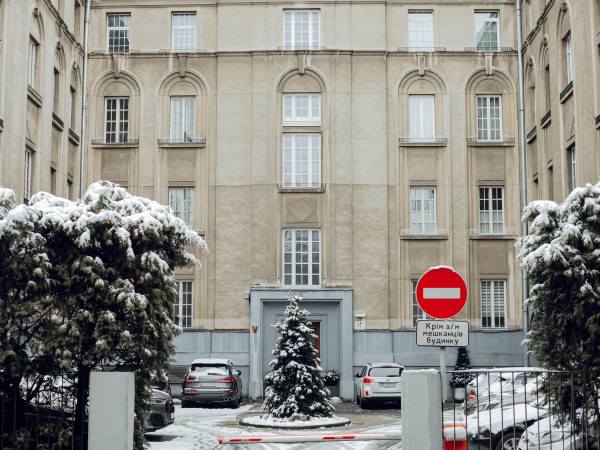

"Lviv is like a Lithuanian tourist mecca," says Mrs Beatrice Beliavtsiv with pride, talking about Lithuanian heritage.
Indeed, outstanding Lithuanians, whose names have been immortalized on the tombstones of the Lychakiv cemetery, are of particular cultural value to Lithuanians. To the right of the entrance to the cemetery, you can see a path of the "Hill of the Rebels", the memorial burial place for the participants of the January Uprising of 1863 (230 rebels).
After the third division of the Polish-Lithuanian Commonwealth, the territory of Lithuania became part of the Russian Empire, and in 1863 three peoples: Lithuanians, Ukrainians and Poles, united under the common rebel emblem of the Republic of the Three Nations in the struggle for independence.
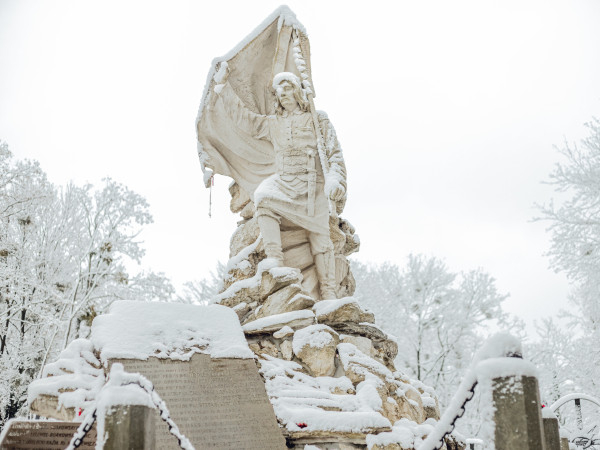
The following year, after the suppression of the January Uprising, its participants fled from persecution to Lviv, which was under the rule of Austria-Hungary. In Lviv, the most historical references and memorials related to this uprising are concentrated.
On the hill, there is a monument to Simonas Vizūnas Šidlauskas, a rebel from a noble Lithuanian family, holding a banner with the coat of arms of Poland, Lithuania and Ukraine. He was a standard-bearer of the Vitebsk land, and after the uprising, while in Lviv, he donated large sums of money to maintain a rehabilitation centre for the insurgents.
On Ukrainian lands, the rebels carried out active social activities and even created the Society of Rebels.
During the ascent to the "Rebel Hill", Ms Veronika Mazur spoke in more detail about the burial places of well-known figures in Lithuania: one of the organizers of the January Uprising in Lithuania, platoon commander, son of the founder of the mineral water resort Adomas Dominykas Bartuševičius, artist Arthur Grottger, who hid rebels and created a cycle of works reproducing the events of the Uprising (known works "Polonia", "Lithuania").
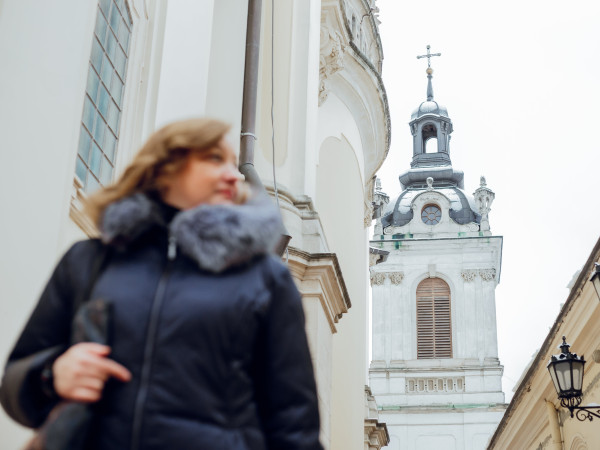
Most Lithuanians of that time had surnames in the Polish manner, which led to difficulties in identifying the Lithuanian rebels.
Returning to the sources of the common history of the Ukrainian and Lithuanian nations, namely the activities of the Gediminids on the Ukrainian lands, we find ourselves in front of the St. George Cathedral.
In the middle of the XIV century, the Volyn kniaz of the Lithuanian family - Liubartas Gediminid, had claims to Lviv.
In 1341, after the war for power, the prince presented Lviv with a bell, which is still kept in closed access in the belfry of St. George's Cathedral.
There is also a Lithuanian trace in the decoration of the cathedral. The altar composition "Christ's Preaching" was written by the most famous Lithuanian artist of the classicism era, Pranciškus Smuglevičius, founder and head of the Department of Painting and Drawing at Vilnius University.
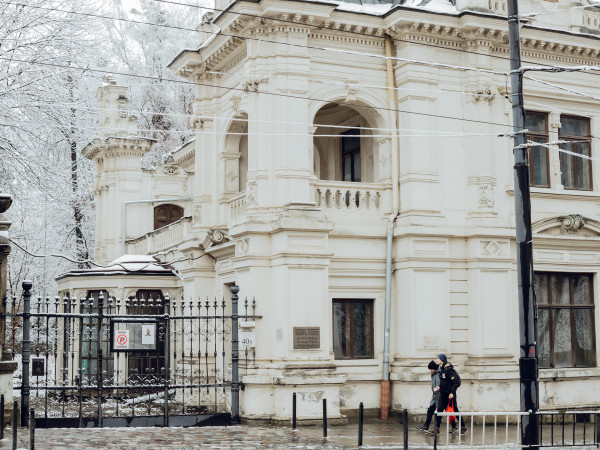
Not far away, at 40a Mykoly Kopernyka street, you can't miss the Baroque-style sights — the Sapieha Palace.
The construction of the palace was commissioned by Leonas Sapieha, a descendant of the ancient Lithuanian-Russian Sapieha family, widely known in Lithuania, one of the leaders of the Uprising of 1830-1831 and a participant in the January Uprising of 1863.
The funds spent on the construction of the Sapieha Palace are equal to the cost of the Potocki Palace. Locals called this house a "magic box", and its owner was an influential Galician public political figure - a marshal of the Galician Sejm.
The activity of the Sapieha family in Lviv is distinguished by patronage, in which Leona's wife Jadwiga and son Adam actively participated.
Most of the palace was bombed during the Second World War, and in Soviet times a secondary school was added to the building.
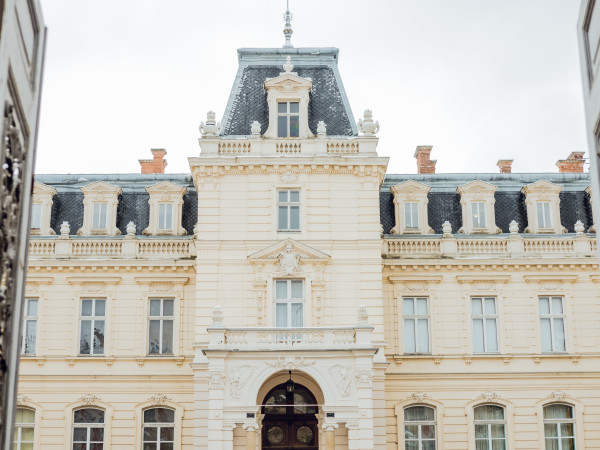
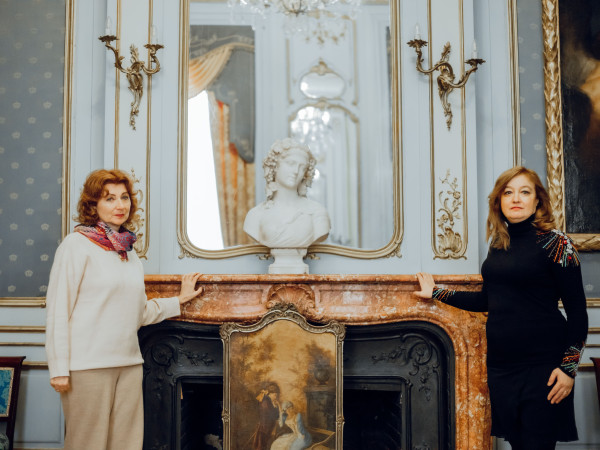
Another well-known figure of the joint history is Klementina Tiškevičienė, the daughter of Maria Klementina of the Ukrainian-Lithuanian Sanguszko princely family and Alfred Potocki, the owner and founder of the Potocki Palace.
The "Vilnius Lioness" - that's what the Lithuanians call Clementina - spent her youth in Lviv. Over the years of her life, the princess was distinguished by her charitable activities, thanks to which the Tyshkevych Palace was built.
Interestingly, when the Potocki family married their daughter to an influential count from the Lithuanian Tyshkevych family - Jan Tyshkevych - the Lviv newspaper of that time printed a note about the lavish wedding of the newlyweds in Lviv.
Since 2002, the spacious premises of the cultural monument have been owned by the Lviv National Art Gallery, also couples in love have the opportunity to hold a wedding ceremony within the walls of the Potocki Palace "in a day".
Read more: Locals and their routes
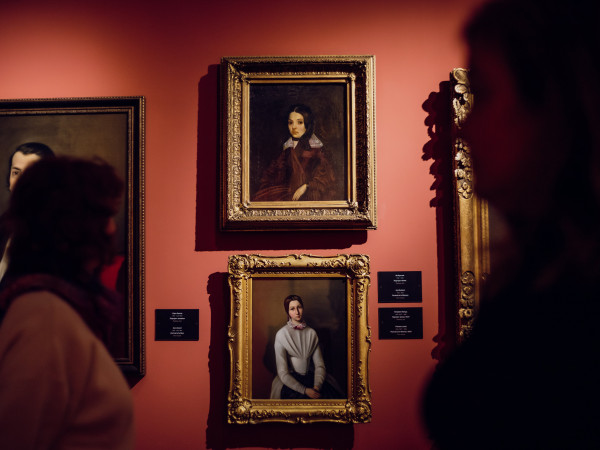
The Palace houses a stunning exposition of the Gallery department of the Museum of European Art of the 14th–18th centuries.
The main body of the department "European Art of the XIV-XVIII Centuries" is located near the Palace, on 3 Stefanyka St., in the Borys Voznytskyi Lviv National Art Gallery.
In the context of the study of the Lithuanian artistic heritage, the work of Jan Rustem deserves special attention — the founder of the Lithuanian art school, Vilnius University professor and teacher of Taras Shevchenko.
The collection of the gallery also includes works reflecting the events of the January Uprising of 1863, in particular by Artur Grottger.

The Palace houses a stunning exposition of the Gallery department of the Museum of European Art of the 14th–18th centuries.
The main body of the department "European Art of the XIV-XVIII Centuries" is located near the Palace, on 3 Stefanyka St., in the Borys Voznytskyi Lviv National Art Gallery.
In the context of the study of the Lithuanian artistic heritage, the work of Jan Rustem deserves special attention — the founder of the Lithuanian art school, Vilnius University professor and teacher of Taras Shevchenko.
The collection of the gallery also includes works reflecting the events of the January Uprising of 1863, in particular by Artur Grottger.
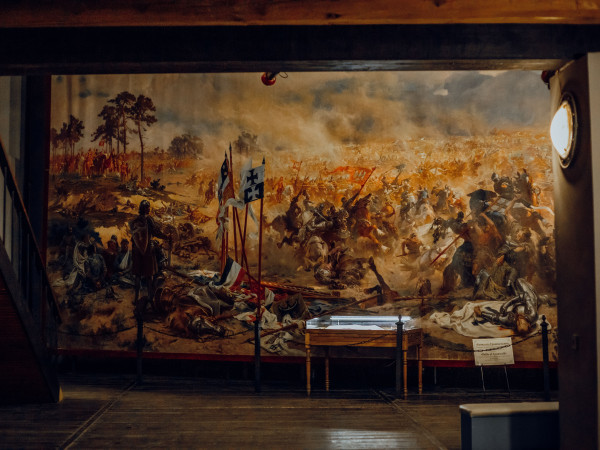
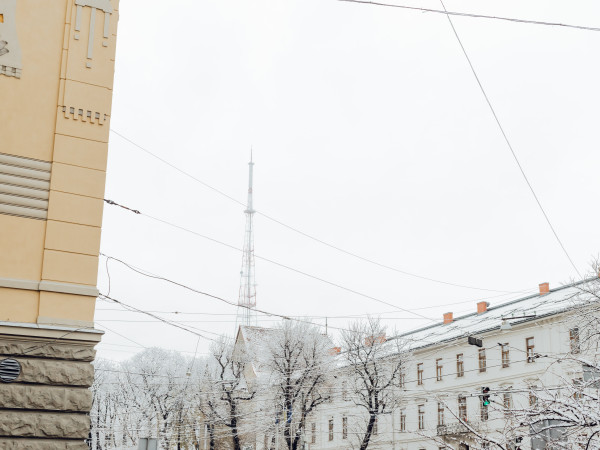
Earlier during the uprising, another historical event was the joint Ukrainian-Lithuanian-Polish military struggle, the Battle of Grunwald in 1410.
The monument of the decisive battle of that time is in the Museum-Arsenal on Pidvalna street.
Among the great exposition, the battle canvas "Battle of Grunwald" by Lviv artists T. Popel and Z. Rozvadovskoho captures the eye. The participants of the Battle of Grunwald are depicted in great detail on canvas measuring 10 by 5 meters.
At the exit from the Museum-Arsenal, there is a view of the High Castle - perhaps the most beautiful observation deck in Lviv. However, few people, even the locals, know the true history of this popular location.
On the top of Castle Hill, on the occasion of the 300th anniversary of the signing of the Lublin Union - the agreement that formed the Polish-Lithuanian Commonwealth - a mound was erected Kopets of the Lublin Union, and a cornerstone was laid with the inscription: "Free with free, equal with equal. Lithuania, Poland and Rus were united by the Lublin Union on August 12, 1569."
Text - Anzhelika Doncheva
Photo - Halyna Kuchmanych
Communication - Yurii Zaremba
